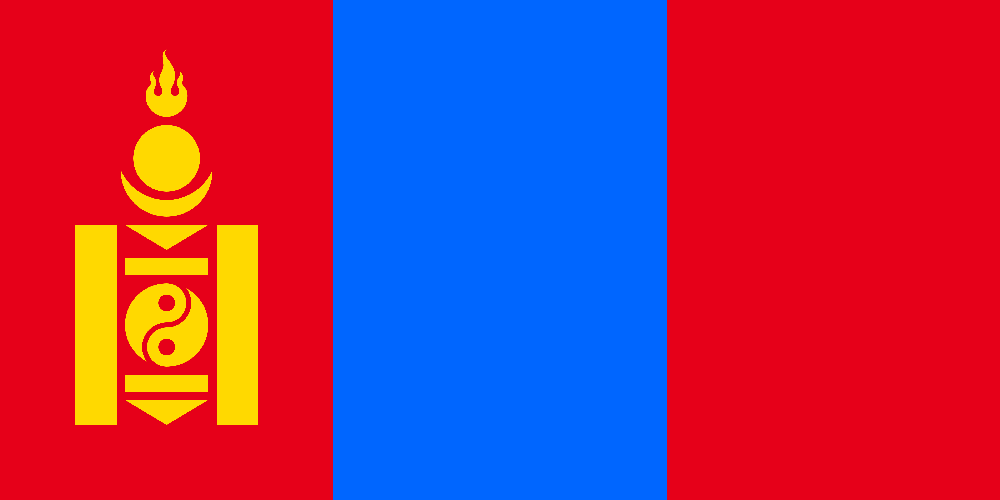State and transition models for Mongolian rangeland communities
STATE AND TRANSITION MODELS FOR MONGOLIAN RANGELAND COMMUNITIES
Under the contemporary cumulative impacts of rangeland use regimes and increased grazing pressure, which have been intensifying as Mongolia advances in its socio-economic development and global warming, a responsive obligation has been objectively put forward in front of land managers and herders to engage for sustainable conservative management and maintenance of rangeland ecosystem’s functioning through adjusting grazing intensity to the potential to be recovered and resilient carrying capacity.
We are happy to deliver to you the new edition of the “STATE AND TRANSITION MODELS OF MONGOLIAN RANGELANDS” which was developed based on the Green Gold conducted long-term ecological studies of rangelands and considerable efforts by specialists of Information and Research Institute of Meteorology, Hydrology and Environment and Administration of Land Management, Geodesy and Cartography, and researchers and consultants of the Academy of Sciences of Mongolia. This “STATE AND TRANSITION MODELS OF MONGOLIAN RANGELANDS” illustrated catalogue has been used as the main tool for analysis and interpretation of rangeland health monitoring and assessment information, serve users with timely information, planning and implementation of the resilience- based rangeland management assess the enforcement of rangeland use agreement.
The catalogue describes the reference and alternative states for specific soil-landform units (ecological site groups) within ecoregions of Mongolia with degradation and restoration path ways between different states and community phases based on field data and expert knowledge and information on key indicator species per state and potential productivity, as well as technological recommendations for appropriate grazing management, attached.
With the new edition of “STATE AND TRANSITION MODELS OF MONGOLIAN RANGELANDS”, geographical distributions of ecological site groups along the administrative units are described, the information on degradation levels added to the recovery classes. In order to facilitate broader use of the catalogue, vegetation cover generated by line-transect method are provided in parallel to the percentage by the conventional or visual estimation and a wealth description of dominant and subdominant species representing rangeland health state are also provided.
The appropriateness of the “STATE AND TRANSITION MODELS OF MONGOLIAN RANGELANDS” application for rangeland health ang grazing impact monitoring and assessment systems functioning at the hydro- meteorological and land affairs networks, planning and enforcing the soum rangeland management has been certified and formalized by research organizations and other relevant bodies.
- Agency for Land Management, Geodesy and Cartography
- Research and Information Institute of Hydrology, Meteorology and Environment
- Institute of General and Experimental Biology, the Academy of Sciences of Mongolia
- National Federation of Pasture User Groups
- Green Gold- Animal health Project, Swiss Development Cooperation




